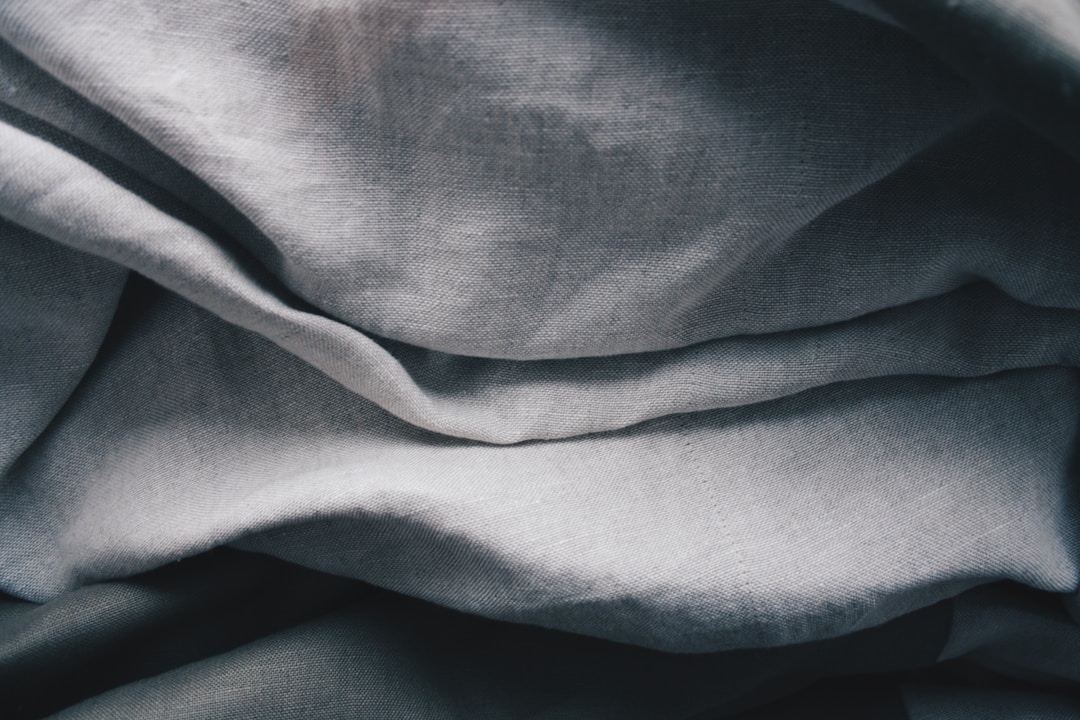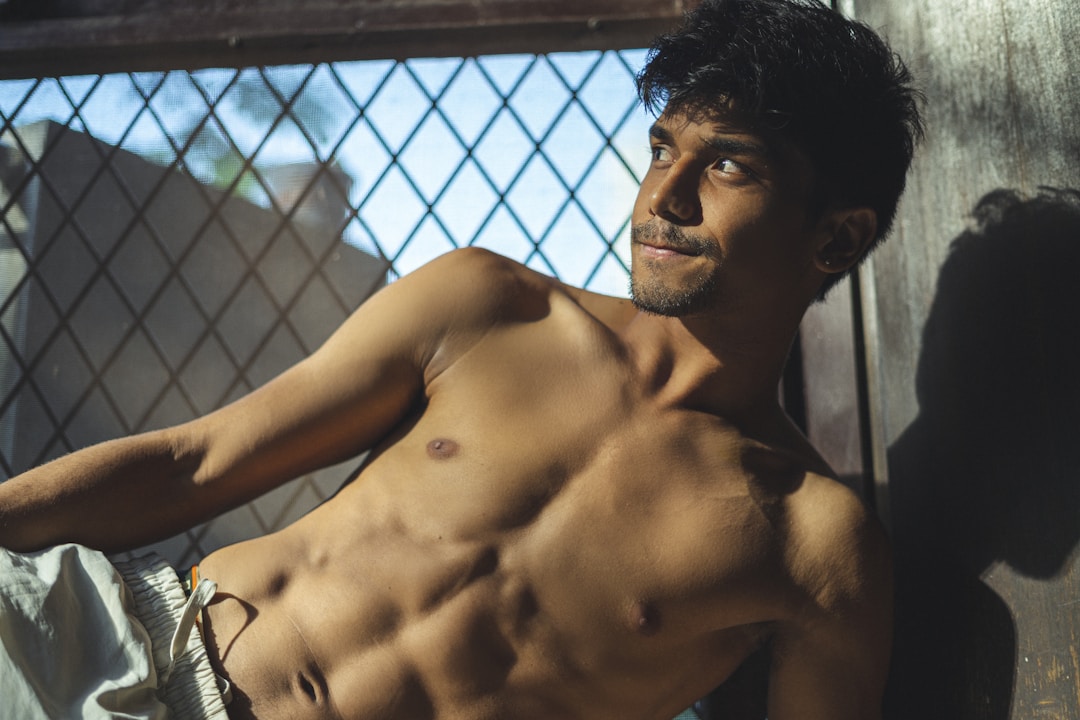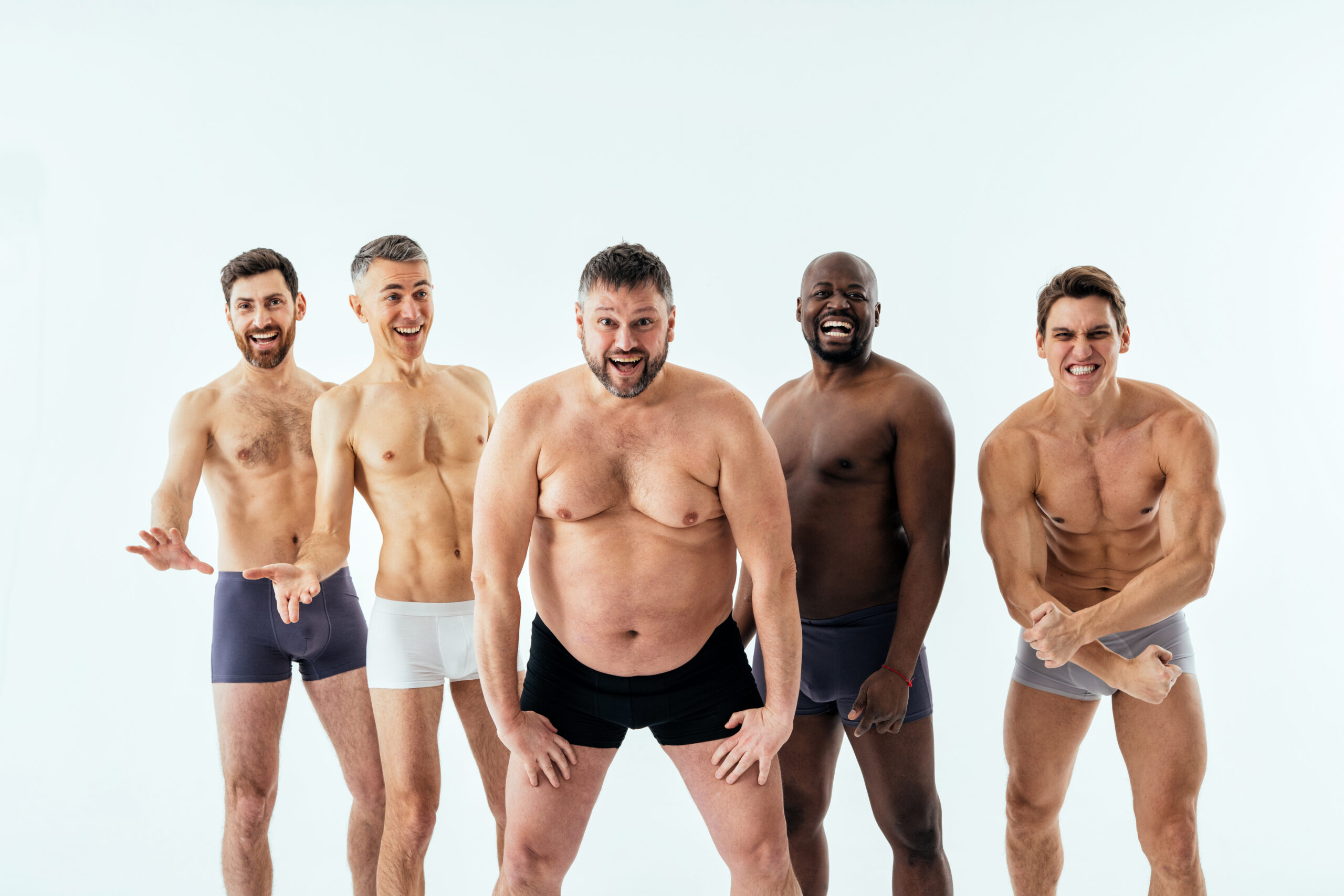How Moisture-Wicking Underwear Can Help Prevent Chafing and Irritation
The quest for comfort during physical activities often leads us to rethink our clothing choices, particularly with the layers closest to our skin. Moisture-wicking underwear has become a game-changer, offering wearers an advanced solution to staying dry and reducing skin irritation. Below, we delve into the functional science behind this fabric technology and explore how it can lead to a more comfortable lifestyle.
Understanding the Science of Moisture-Wicking Fabric
Fabric that wicks moisture operates on a simple yet effective principle. It’s designed to draw sweat away from the skin, spreading it across the material’s surface to enhance evaporation. This helps keep the skin dry, which is essential for comfort and hygiene. Crucial to this function are the fibers used in the fabric, which are typically synthetic polymers known for their hydrophobic properties.
Synthetic fibers like polyester, nylon, and spandex have inherent characteristics that allow them to repel water while simultaneously moving moisture to the outer layer. This capillary action separates moisture-wicking fabrics from traditional cotton underwear, which tends to absorb and retain moisture, staying wet and potentially causing skin irritation.
Fabric that wraps the skin in this manner is invaluable for individuals whose lifestyle or profession involves vigorous activities or long periods of exertion. Garments such as moisture wicking underwear exhibit these properties, presenting an effective solution for maintaining optimal skin conditions.
The Role of Moisture-Wicking Underwear in Reducing Chafing

Chafing is primarily caused by friction when skin rubs against skin or clothing. By drawing sweat away from the body and reducing moisture buildup, these garments minimize the risk of skin-on-skin or fabric-on-skin friction.
One vital benefit of such underwear is maintaining a near-constant state of dryness against the skin. This significantly diminishes the risk of the raw, stinging sensation commonly associated with chafing. Athletes, hikers, and individuals engaging in repetitive motion find that this underwear substantially enhances their comfort level.
In addition to wicking away moisture, many undergarments are also constructed with flat seams or seamless designs to alleviate further contact points that can lead to irritation. The smooth surfaces and absence of protruding stitches help ensure the skin is not aggravated even during strenuous movement.
Caring for Your Moisture Wicking Garments To Ensure Longevity and Performance
Proper care of moisture-wicking garments is essential to maintaining their performance and extending their lifespan. Handwashing these garments with care is paramount; using mild detergents and avoiding fabric softeners is generally recommended.
Washing these garments inside out is also advisable to protect the moisture-wicking surface. Additionally, avoid high heat when drying, as extreme temperatures can damage synthetic fibers’ elasticity and functional qualities. Tumble dry on a low setting or air dry your garments to preserve their shape and functionality.
Another factor to consider is the frequency of washing. While the antimicrobial properties of many moisture-wicking fabrics can reduce odors, regular cleaning is still necessary to remove the buildup of sweat and bacteria. This ensures the garment’s wicking capabilities do not diminish over time.
Other Benefits of Moisture-Wicking Underwear

While the primary focus on moisture-wicking underwear is often comfort and chafe prevention, additional benefits shouldn’t be overlooked.
For instance, the quick-drying nature of these fabrics means that if you’re caught in inclement weather or sweat through your clothing, your underwear won’t remain damp and cold.
Overall, integrating moisture-wicking underwear into your wardrobe transcends traditional notions of undergarment functionality. While the primary aim is to prevent chafing and irritation, the extended benefits of improved comfort, performance, and even sustainability make them a wise choice for modern living. Embracing this fabric technology is a step forward in clothing innovation.


